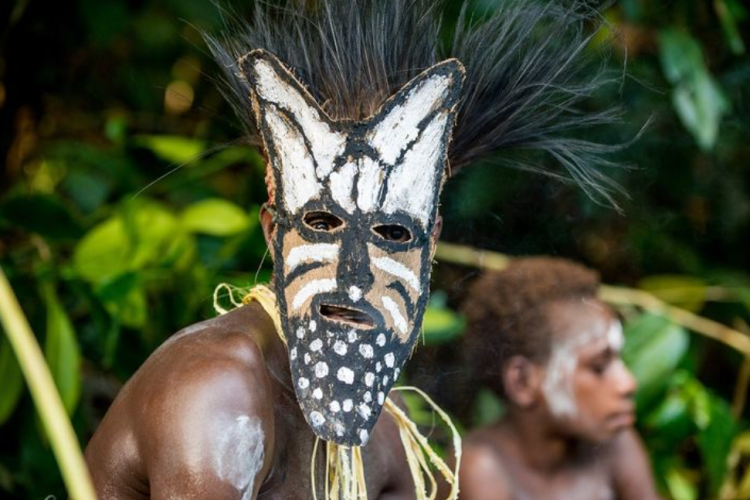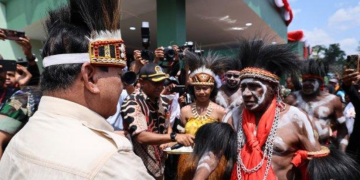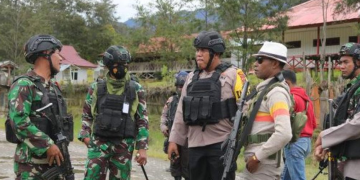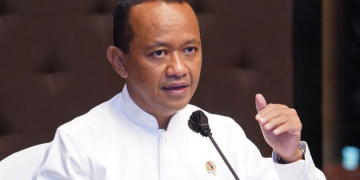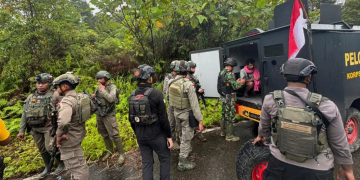PapuaAround.com – In the heart of Papua, the legend of creation holds a special place in the cultural fabric of the indigenous people. This captivating tale not only explains the origins of the earth and its inhabitants but also reflects the deep connection that the Papuans have with their natural environment. As modern influences encroach upon this rich heritage, preserving these legends becomes increasingly vital.
The story begins with a celestial being known as Wanggaru, who is said to have descended from the heavens. According to local lore, Wanggaru observed a barren landscape devoid of life and felt a deep compassion for the earth. “Wanggaru decided to create a world filled with beauty and harmony,” explains Dr. Maria Yusni, an anthropologist specializing in Papua’s indigenous cultures. “This legend embodies the spirit of creation and highlights the interconnectedness of all living beings.”
Wanggaru began the creation process by shaping the mountains and valleys. With a flick of his wrist, he crafted the majestic peaks of the Cyclops Mountains and the lush valleys that cradle rivers and streams. Once the land was formed, Wanggaru filled it with an array of flora and fauna. Trees towered high, flowers bloomed in vibrant colors, and animals roamed freely, each serving a unique purpose in the ecosystem.
As the legend unfolds, Wanggaru realized that the land needed caretakers. Thus, he created the first humans from the clay of the earth, breathing life into them with a gentle whisper. “This act symbolizes the bond between humans and nature,” says Dr. Yusni. “The Papuan people believe that they are guardians of the land, responsible for preserving its beauty and resources.”
The creation legend also emphasizes the importance of harmony and balance within the environment. It teaches that all creatures, whether animal, plant, or human, are interconnected and should coexist peacefully. Traditional ceremonies often invoke this legend, reminding community members of their role in safeguarding their natural surroundings.
Read also: Grasberg Mine: A Beacon of Mining Excellence in Papua
In contemporary Papua, there is a growing concern that these legends may fade from collective memory due to modernization and globalization. As urbanization increases and younger generations gravitate toward technology, the oral traditions that have been passed down through the ages face the risk of being forgotten. Community leaders and cultural advocates are calling for a revival of storytelling practices to ensure that these legends remain alive. “We need to instill pride in our heritage,” emphasizes cultural activist Darius Lantang. “By sharing these stories, we can inspire a new generation to value and protect our natural resources.”
Educational institutions are also stepping up to promote awareness of these cultural narratives. Workshops and storytelling sessions are being organized in schools across Papua to engage children in the legend of creation. “By learning these stories, our children can better understand their roots and the importance of respecting nature,” states Siti Alia, a teacher in Jayapura.
Moreover, local artists are finding innovative ways to incorporate these legends into their work, using traditional art forms to depict scenes from the creation story. Through murals, sculptures, and performances, they aim to reach wider audiences, fostering a deeper appreciation for Papua’s rich cultural heritage.
The legend of creation serves as a poignant reminder of the deep ties between the Papuan people and their environment. It encapsulates values of stewardship, harmony, and respect for nature that resonate strongly in today’s world. As Papua navigates the complexities of modernity, it is crucial to honor and preserve these ancient stories, ensuring that the wisdom of the past continues to guide future generations in their relationship with the earth.
In a time when environmental concerns are at the forefront, the legend of creation remains a beacon of hope, illustrating the enduring bond between humanity and the natural world. As the tales of Wanggaru are shared around fires and in classrooms, they remind us all of our shared responsibility to cherish and protect our planet.

